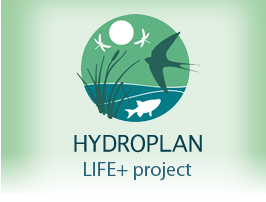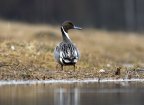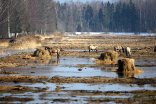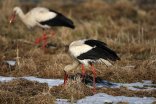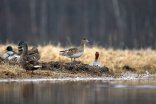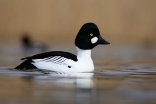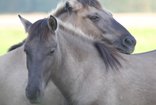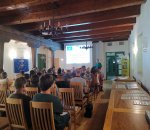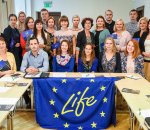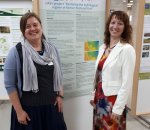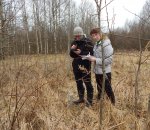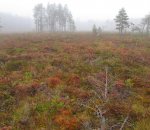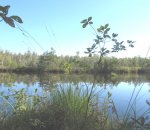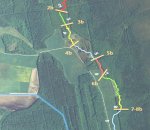2019-08-29
The biggest project on restoration of hydrological regime in Latvia – Hydroplan – concluded
On August 23, with the meeting of the Project Steering committee and many stakeholders involved in project implementation, the LIFE + Project Hydroplan was officially concluded after 8 years of hard work.
2017-08-23
Project “HYDROPLAN” informs about current events in LIFE program meeting
2017-08-18
Construction plans for hydrologic regime restoration have been developed. Construction works will be carried soon
2017-07-13
HYDROPLAN participates in a conference dedicated to a wetland
2017-04-20
The project HYDROPLAN takes over experience in water level determination
2016-12-05
The project for the environmental impact assessment process has been completed
2014-10-04
Experience exchange trip to restored wetland sites in Finland
2014-09-09
Elaboration of technical projects started
Elaboration of technical projects for restoration of project sites started by the Engineering company “PROFECTO”.
2014-06-17
Programmes of hydrological restoration of sites elaborated
Elaboration of programmes of hydrological restoration was completed in June, so one of the most important preparation works of wetland restoration can be considered completed.
2014-04-28
Second round of seminars for local society completed
